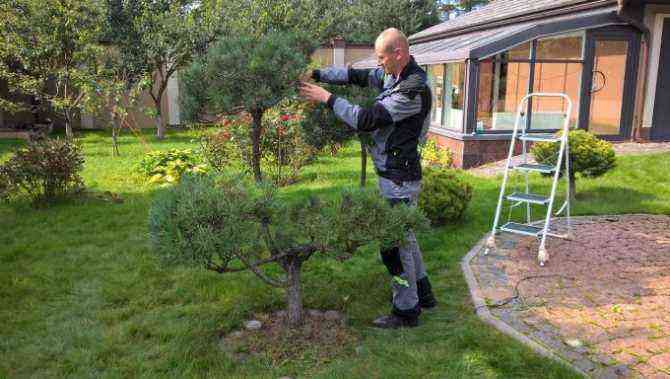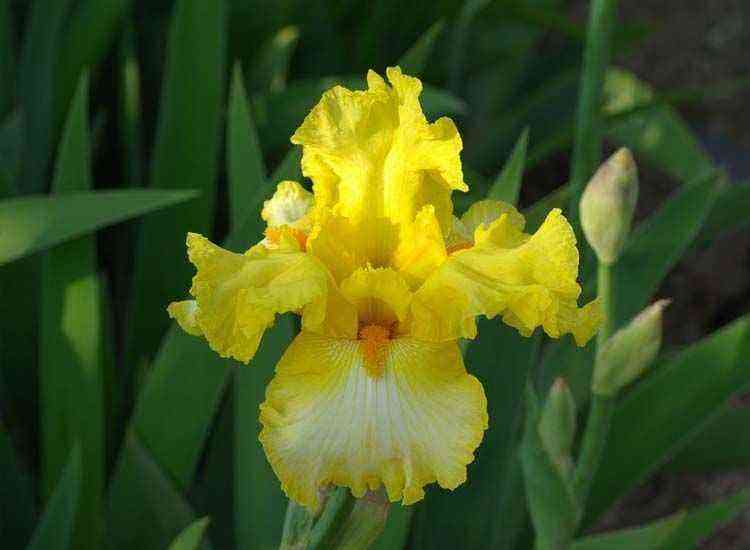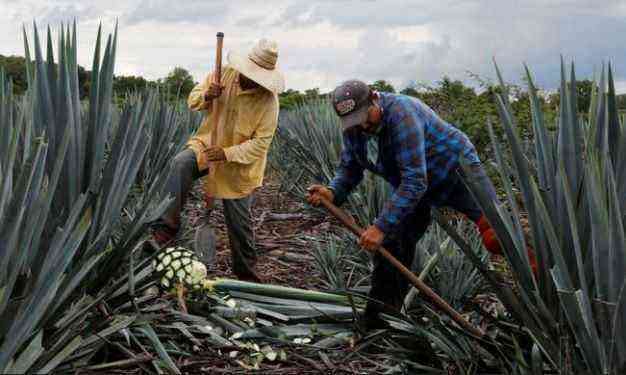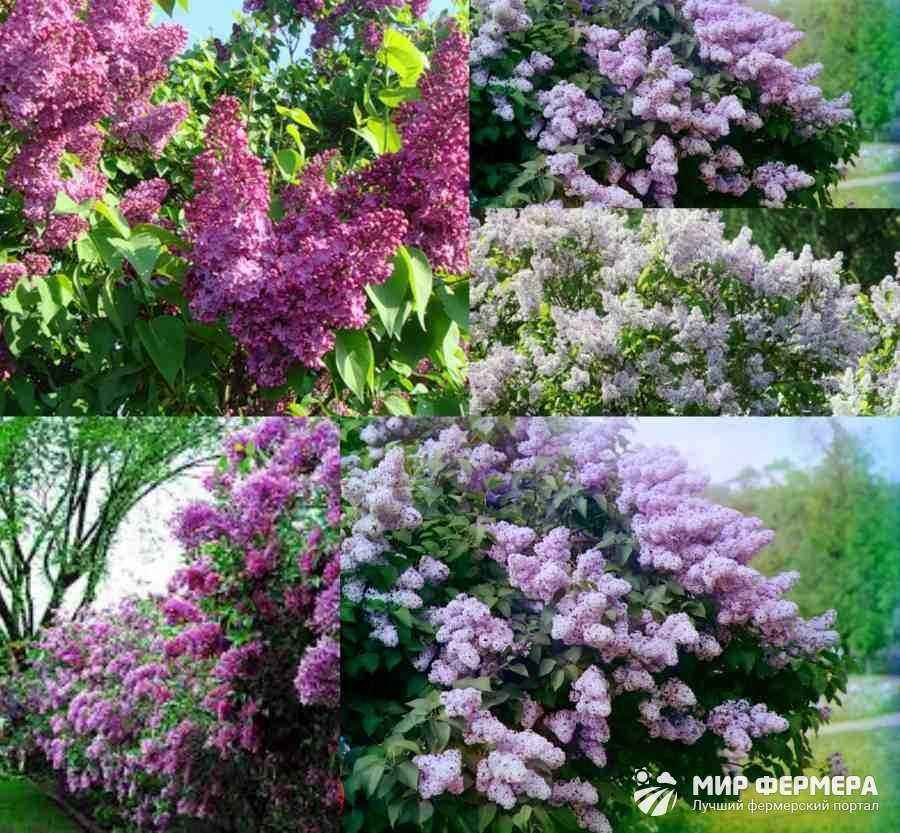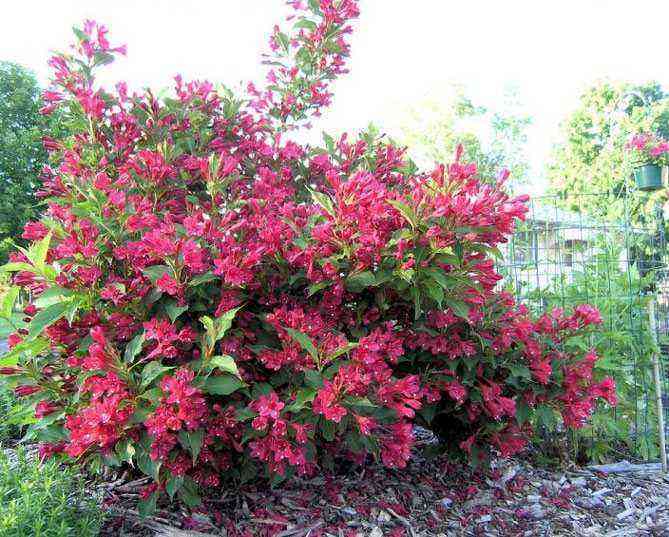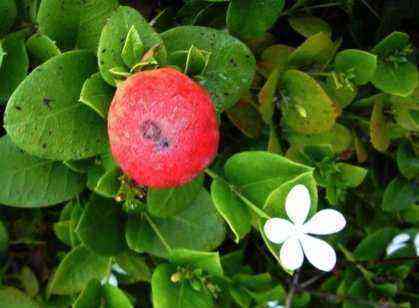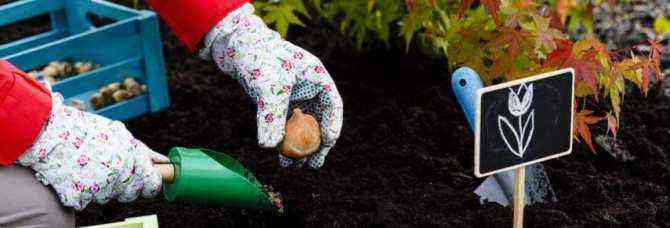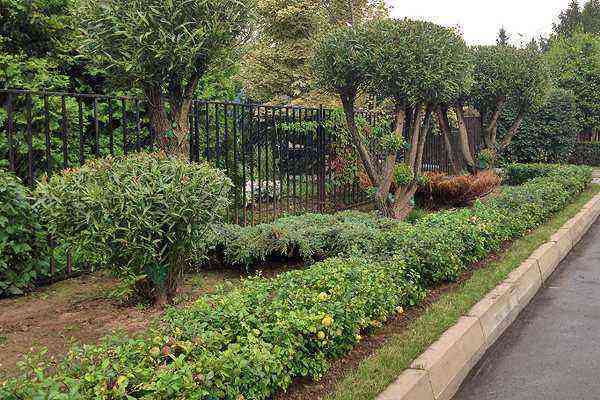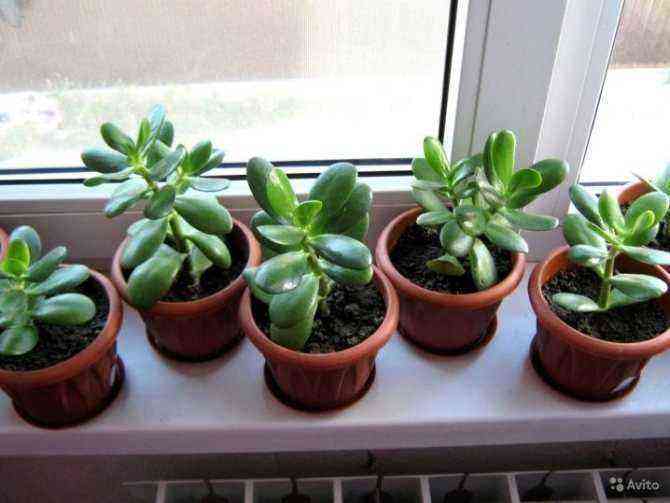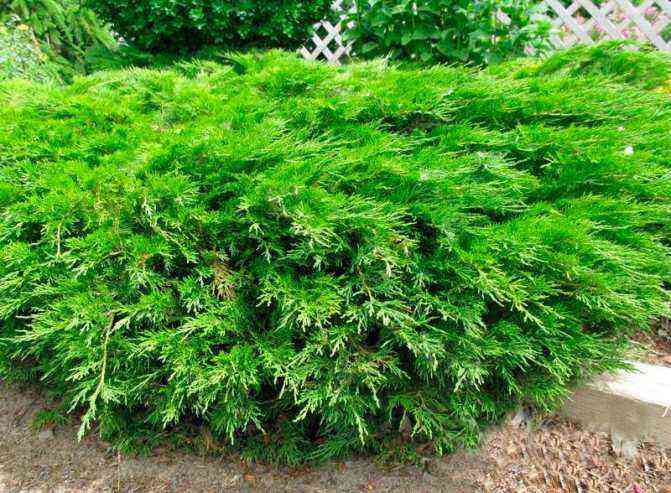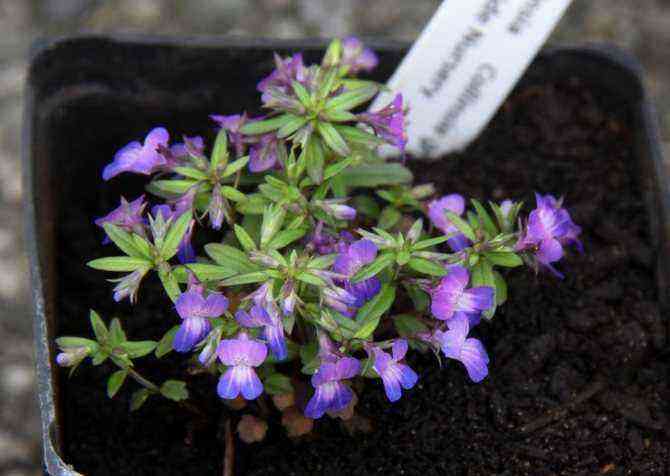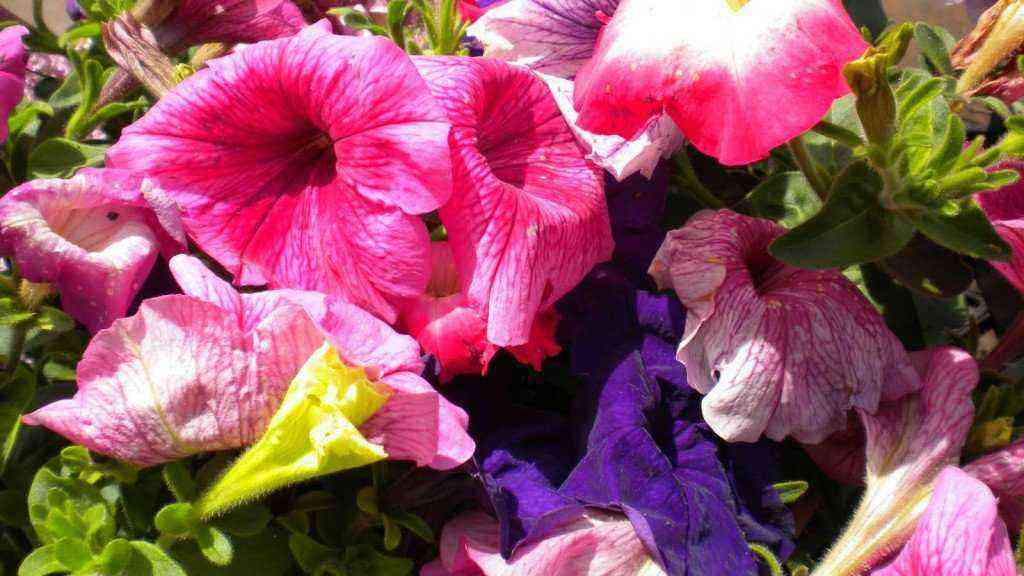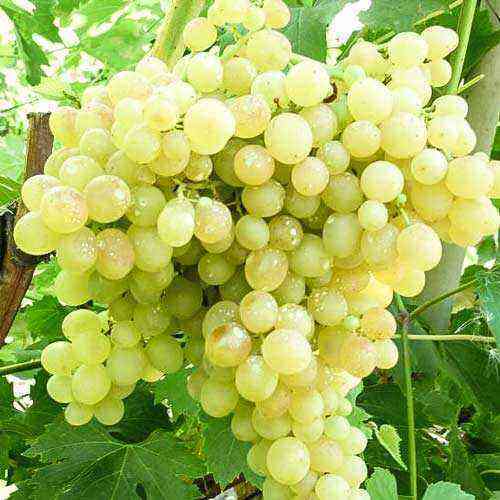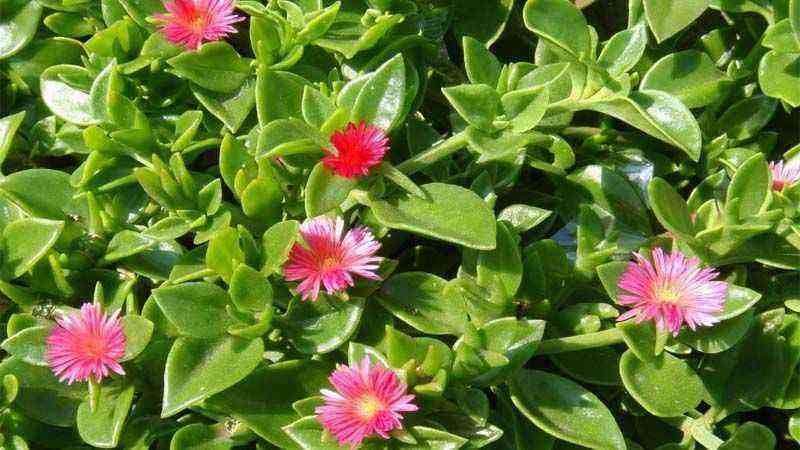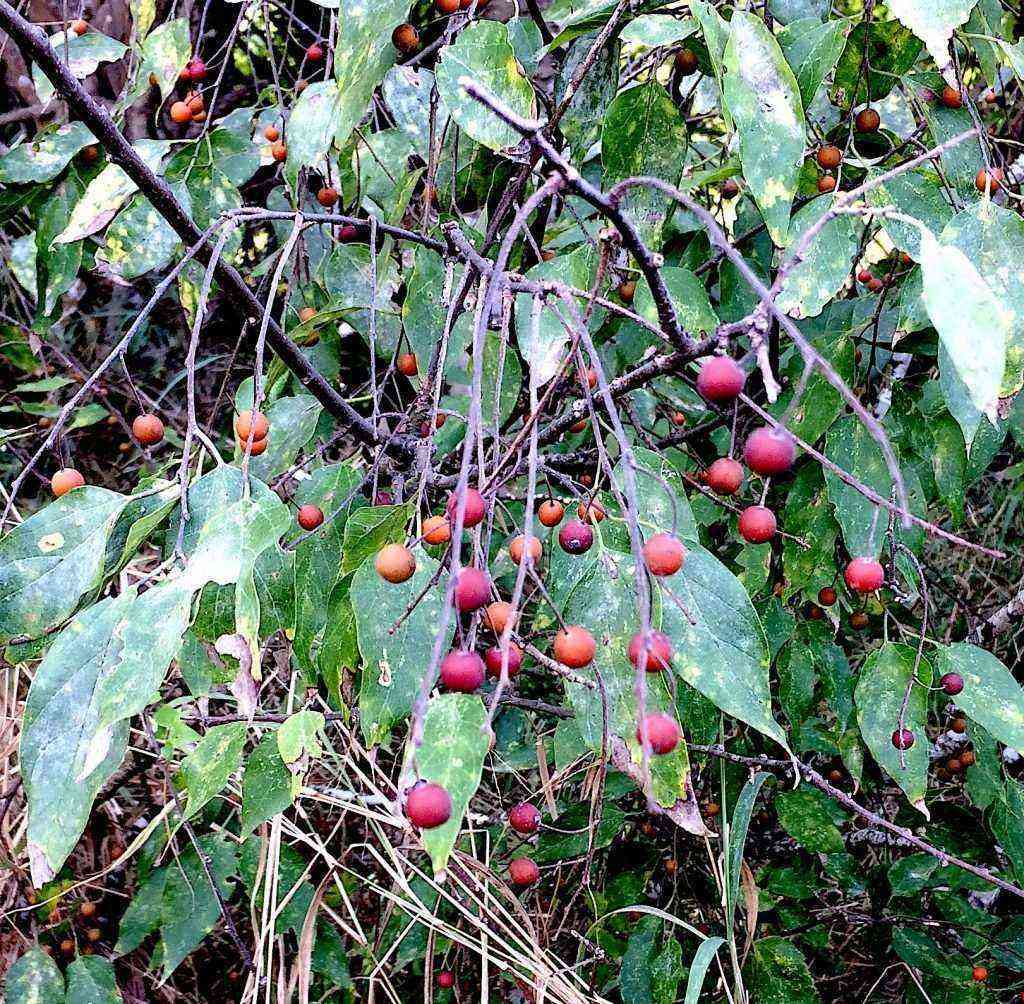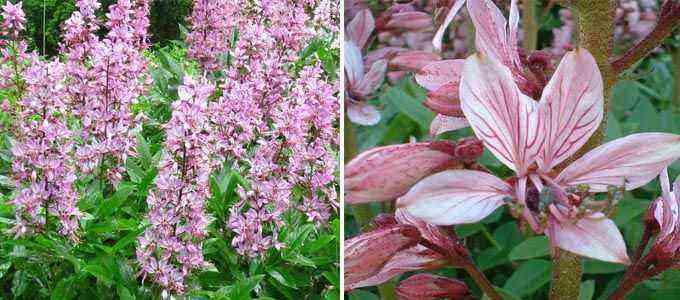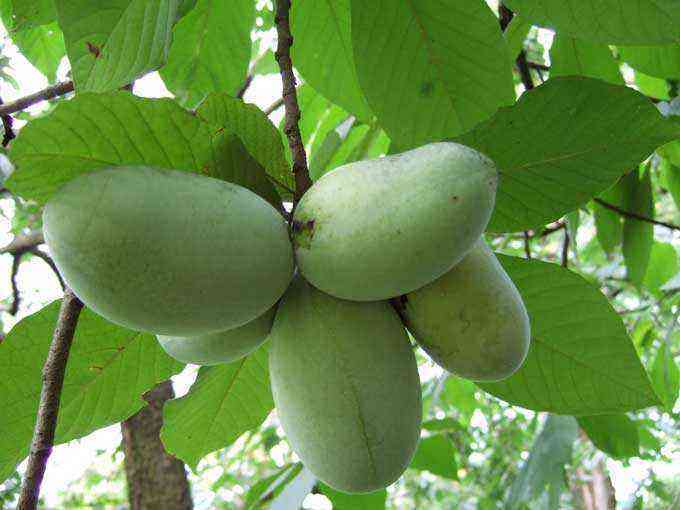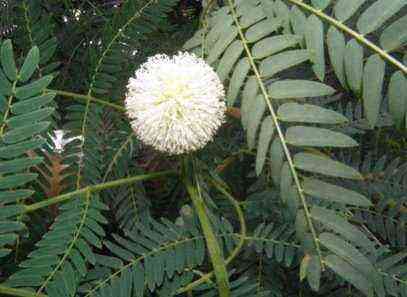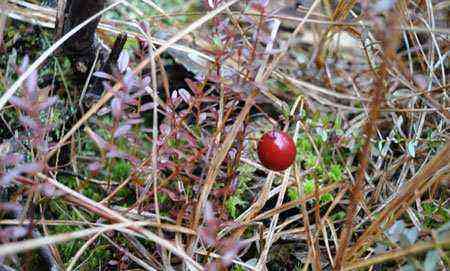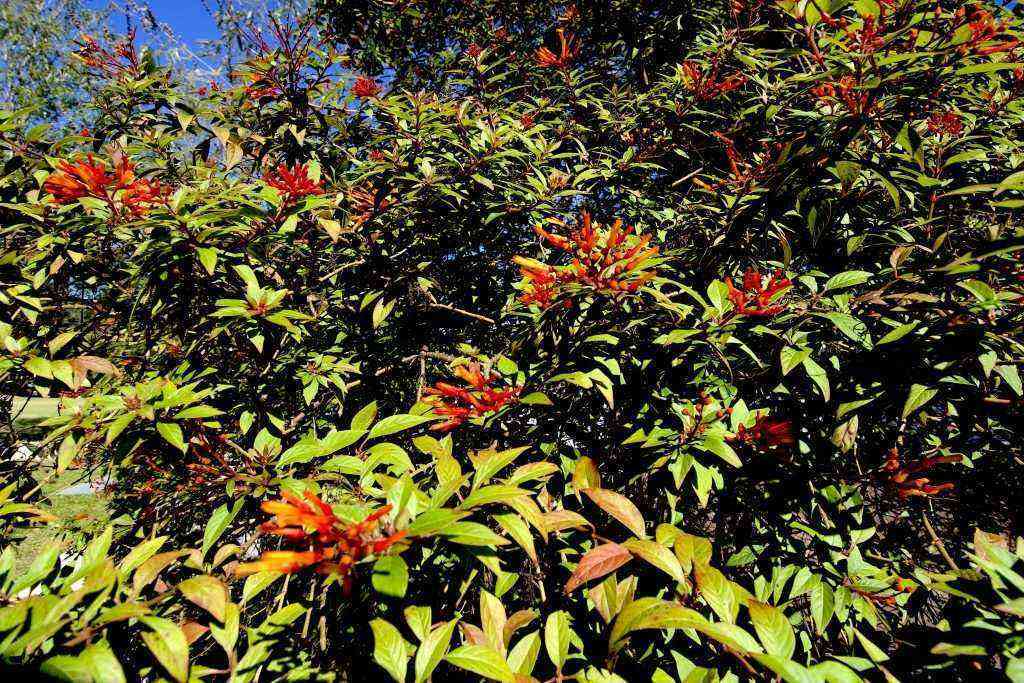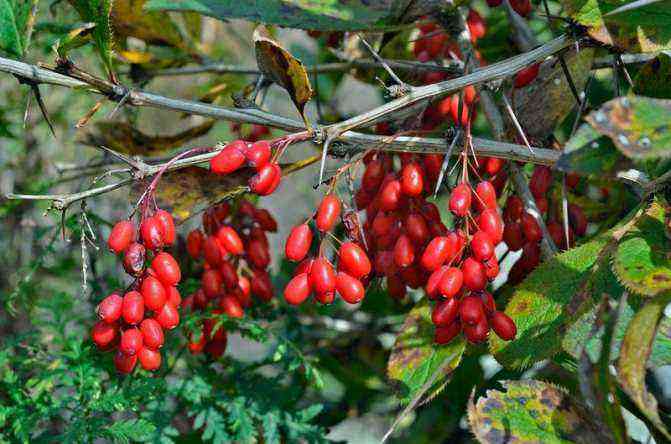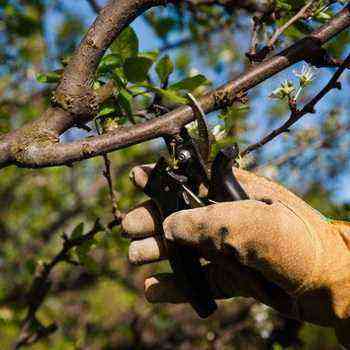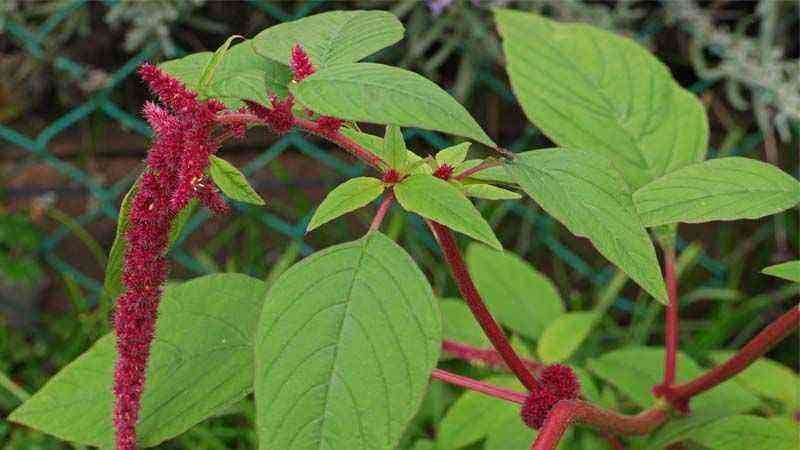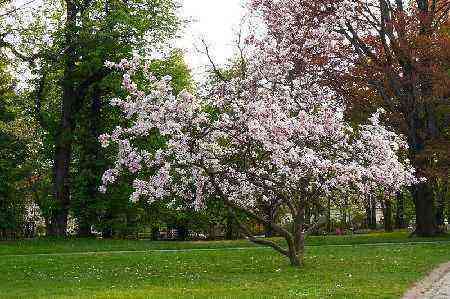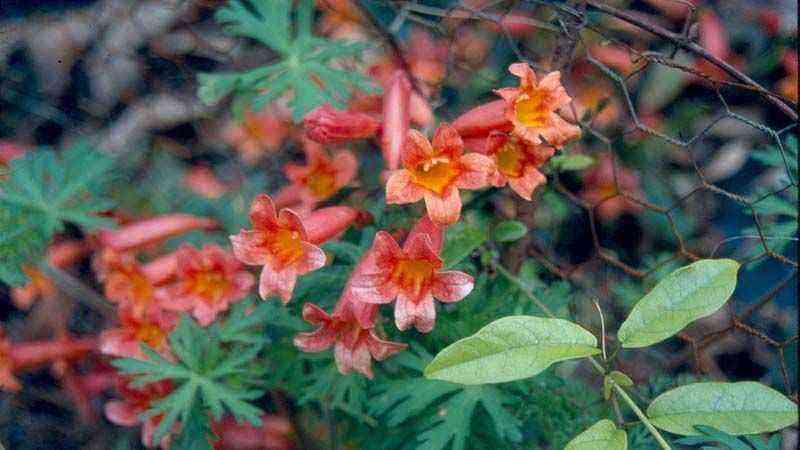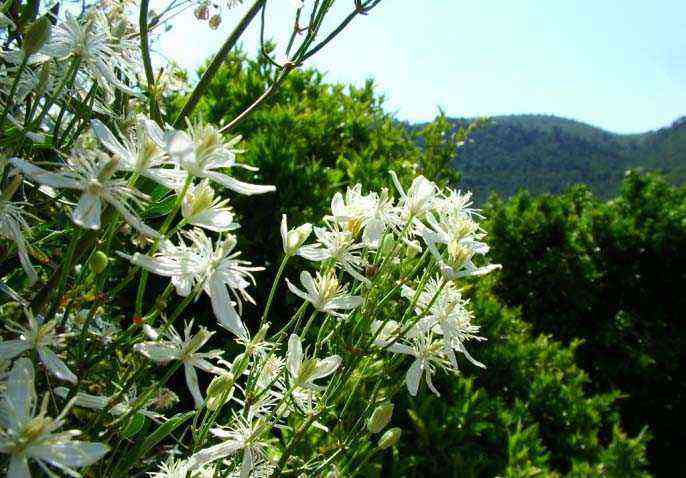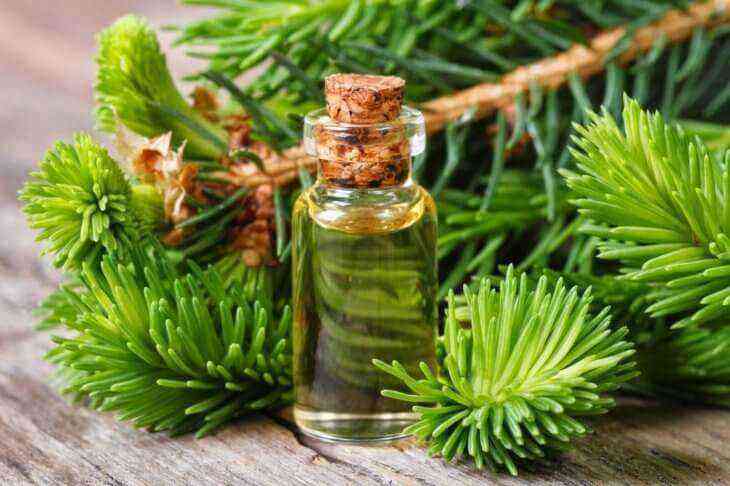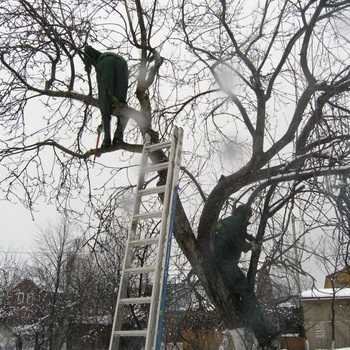
Pruning apple trees in spring
From late March – early April, apple trees require increased attention from gardeners. The main activities for caring for apple trees in spring include: pruning the crown and strengthening the branches and trunk; tree treatment; copulation; pest control; fertilization and watering.
The crown of the growing apple tree needs to be formed by pruning each season. If the apple tree is vigorous, lower pruning can be done. The central conductor is cut at a level of about 2 m, and all branches directed upwards are also removed, so that they are 10-15 cm shorter than the central conductor.
Pruning of branches of apple trees in spring is carried out before the beginning of the growing season. After a thorough examination, damaged and dead branches are removed from the tree.
In apple trees that are more than 7 years old, the upper branches are removed. In younger specimens, the apex is not touched. In all apple trees, branches affected by diseases, frosts, and rodents are removed. Dry twigs are also pruned.
When pruning and caring for apple trees, young shoots that grow strictly vertically or are directed towards the trunk should be removed, since they only take away excess energy from the plant.
When pruning apple trees in spring, you should not touch the branches parallel to the soil surface, because they usually bear fruit most abundantly. If the branch deviates downward, it should be strengthened, because under the weight of the fruit it can break.
How to deal with apple pests and treat trees
Spring apple care and pest control are the most important steps. Spraying is prohibited during the swelling of buds and flowering, since in this case the process of pollination and the formation of ovaries is disrupted. However, before flowering, processing must be done, because it is the flowers that are often affected by insects and their larvae. To prevent this from happening, use special means. During flowering, it is necessary to thoroughly clean the near-trunk circle of weeds, manually remove insects and slugs from the trunk and branches.
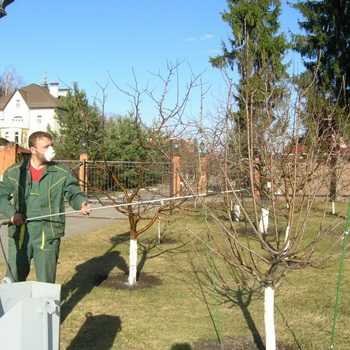
Pest control is carried out at the beginning of the growing season, when the leaves bloom. Special biological preparations are used. During this period, trapping belts from the apple blossom beetle are effective. During flowering, any spraying is stopped.
After flowering, the last treatment is carried out in the spring, preventing damage to leaves and fruits by insects.
If the branch bears fruit well, but is affected by pests or diseases, you must first get rid of those, and then heal the wounds and injuries. Before treating trees, you need to prepare putty and garden pitch based on tree resin. For the treatment of the apple tree trunk, it is recommended to use a warm var, which should be warmed up before use, bringing it to a state of thick glue.
Drying oil and rosin are harmful to apple trees. These substances are often found in vars and putties.
Using such a remedy, you will not heal the wound of the tree, but, on the contrary, will aggravate the course of the disease. Therefore, garden var and putty for the apple tree are recommended to be prepared from natural ingredients.
Copulation of apple trees in spring
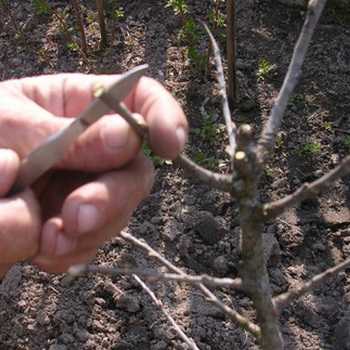
Grafting can be done to improve the shape, size and taste of the fruit. Spring copulation of an apple tree will help create a multi-sorted specimen, delighting with fruits of different colors, tastes and sizes.
Cuttings for copulating apple trees in the spring should be prepared in the fall with the onset of the first frost. If there is no ready-made scion, you can cut it in the spring, before the sap flow begins in the tree trunk. For grafting apple trees use healthy annual branches, it is desirable that they grow vertically. The length of the scion is 30 cm. The edge of the cutting is cut off before grafting, in such a way that the selected type of copulation requires.
It is necessary to prepare the inventory in advance: a sharpened knife, pruning shears, film and garden varnish for treating the wound at the site of inoculation.
The apple tree can be grafted with both a simple copulation method and an improved one. Before making a stepped cut at the scion, try to do the same with a branch of the same diameter, so as not to be mistaken. 1-2 cuttings are usually inserted into the split. It is more reliable to make two scions, since then the chances of accretion increase. Grafting can be combined with tree pruning.
Always degrease tools and hands before grafting garden plants. Fat and oil interfere with the fusion of rootstock and scion tissue. Hands should be washed with laundry soap, first use acetone to degrease the tools, and then rinse them in a solution of laundry soap. After this procedure, try not to stain your inventory and keep your hands clean, because any germs and foreign matter inhibit the scion engraftment process.
What fertilizers to feed apple trees in spring

Every season, the apple tree needs to be fed with potash and phosphorus mineral fertilizers, which are applied to the furrow made along the perimeter of the crown, and then buried in the ground.
Trace elements are best used for foliar feeding, while the dosage must be carefully observed so as not to burn the foliage.
The fertilizing of apple trees with fertilizers begins in May, outlining for this a near-stem circle with a radius of 50 cm. The composition of fertilizers depends on the soil and apple variety. Fertilizing black soil is not worth it, but loamy and clayey soils need organic fertilizing. In spring, trees need nitrogen, so they use organic fertilizers rich in this substance – manure, bird droppings, ash.
Manure and poultry droppings are diluted in water in a proportion of 1:10 and 1:15, respectively. Ash is added to water in a ratio of 1 glass of ash to 1 liter of water.
Apple trees can also be fertilized with a solution of copper sulfate or boric acid. For one top dressing in the spring, use no more than 2 liters of a solution of any nitrogenous fertilizer.
Care of young apple trees: watering and how often to water an apple tree in spring
Watering apple trees in spring is done as needed. It is necessary to constantly monitor soil moisture. Sometimes watering is required even before the buds swell, if the spring is dry. If there is enough natural moisture, watering is started after the beginning of flowering. Closer to May, the ground is already warming up well and dries faster, watering is required more often. The best way to do this is to dig irrigation ditches around the tree, along the diameter of the crown. Moisture should seep into the soil by at least 50-60 cm.
The easiest way to protect a stem from frostbite and sunburn is to whitewash the stem. When caring for young apple trees, the trunks can be wrapped with any material, preferably white. Good protection against frostbite of the trunks and roots of fruit trees are snowdrifts, which must be poured so that not only the trunk, but also the trunk circle is under the snow.
Before fertilizing the crop circle, remove the weeds and loosen the soil. Near young plants, the soil is loosened with a hoe or hand rakes.
Mature trees can be loosened with a rake or pitchfork; it is undesirable to use a shovel, as the surface roots can be damaged. Small depressions are made in the loosened earth, into which fertilizer is poured or poured. After absorbing the solution, the earth is slightly loosened again.

